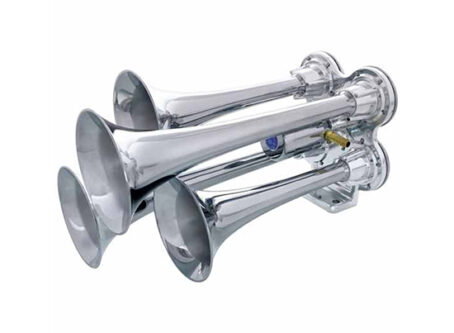OOIDA Foundation market update says new freight cycle a ways off
It’s much of the same in the latest market update from the OOIDA Foundation.
Since February, the market outlook has been characterized as negative, and that remained the case with the August release.
High operating costs, flat rates, loose capacity and soft volume/demand factored into the current outlook.
A breakdown by specific markets is below.
Van market
An increase in the load-to-truck ratio was reported, but the typical seasonal peak appears to be muted.
Load posts are 24% lower than last year but 4% higher than 2019 levels. Equipment posts remain high.
Spot rates typically increase around this time of year and did just that in August. Going forward, it’s likely rates will remain flat or drop slightly due to surging diesel costs.
Inventory-to-sales ratios decreased as monthly sales moved upward. This is a positive indicator for truck demand, but it will take more months like this for the market to turn around.
Furniture inventory levels are declining, but household appliances remain mostly flat. The housing market continues to outperform expectations.
Flatbed market
Load posts are about half as much 2019, and the load-to-truck ratio has declined 57% since last year. That ratio is now 81% below the five-year trend.
For the fifth consecutive month, spot rates declined. Contract rates were down for the eighth time in nine months. Rates usually cool off this time of year, but that’s subject to hurricane season.
Total construction spending increased, as did non-residential. The elevated spending is likely due to inflation as flatbed demand continues to drop.
Spending on highways and streets decreased month-over-month.
Considering interest rates and inflation, housing is performing well.
Building materials, garden equipment and supplies dealers sales increased and are $4.16 billion above the five-year average.
The current trend would need to continue for several months to make an impact.
Reefer market
Produce volumes are picking up after a late start this year. The fall produce season, which typically impacts freight at the end of October, is a few weeks away.
Spot rates moved upward, but so did contract rates, signaling this trend is unlikely to continue.
Refrigerated volumes typically pick up at the start of the fall produce season.
Fruit and vegetable rates are 27% below their January 2022 high.
Carriers in the New York region experienced the greatest increase in pay per mile month-over-month, while the Mexico-Arizona region had the greatest decrease, according to the United States Department of Agriculture.
Truck volumes increased in Canada, the Great Lakes, Indiana, Mexico-Texas, the Mid-Atlantic and New York.
The California region also saw an increase but is flat compared to last year.
Capacity loosened again outside the Indiana region, marking two consecutive months of losses.
Trucking market
The Transportation Service Index and Industrial Production Index both increased.
According to the Cass Shipment Index, new truck orders need to slow down so capacity can contract in the for-hire sector.
Overall truck employment numbers decreased by nearly 37%. Yellow closing its doors factors largely into that number.
This figure is still higher year-over-year but flat compared to the five-year trend.
New sales and new orders of Class 8 trucks both increased in August. Used sales also increased and eclipsed new sales by 90%.
Overcapacity the past several months has pushed freight rates downward. Despite used sales surpassing new sales, the capacity issue is still far from being corrected.
Based on the Logistics Managers Index, August saw the fastest rate of expansion since February.
The Producer Price Index shows spot rates are stuck at the bottom. As a result, it’s more likely that the new freight cycle won’t start materializing until 2024.
A 43-cent spike in diesel fuel prices in August ended eight consecutive months of decline. The average diesel price is still lower year-over-year but higher than the five-year trend.
Wages are outpacing inflation, and people continue to purchase goods.
Durable and non-durable goods increased in July.
Imports are down year-over-year but in harmony with pre-pandemic numbers.
The Journal of Commerce reports intermodal rail prices are 30% below trucking. Both carloads and intermodal are below their five-year trend line. LL









